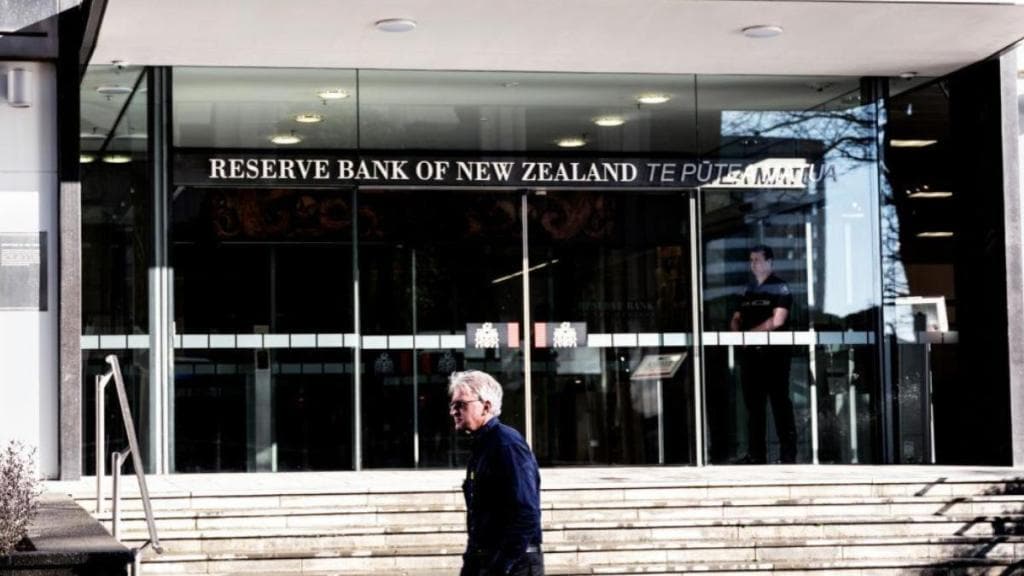The Reserve Bank of New Zealand (RBNZ) has reduced its benchmark interest rate by 50 basis points, lowering it to 4.75% from 5.25%. The latest rate cut is the second consecutive after a 25-basis-point reduction in August. This comes as the NZ central bank continues its efforts to stimulate growth amid ongoing economic challenges.
New Zealand’s rate cuts are part of a global shift, as central banks, including the Federal Reserve, have started rolling back their aggressive rate hikes designed to combat inflation. The Fed slashed rates by 50 basis points in its September meeting.
On the other hand, the Reserve Bank of India on Wednesday announced that it will keep its repo rate unchanged. Notably, New Zealand’s neighbour Australia remains an outlier to the easing trend as policymakers there say restrictive conditions must remain in place for a while longer to bring inflation to heel.
The decision caused the kiwi dollar to drop by 0.9%, falling to $0.6084 — its lowest level since August 19. Additionally, two-year swap rates decreased by 7 basis points to 3.605% following the announcement. Swap markets are now pricing in an additional 45 basis points of rate cuts at the RBNZ’s upcoming November meeting.
In an official statement, the RBNZ cited subdued economic conditions as a key driver behind the decision. “Economic activity in New Zealand is subdued, in part due to restrictive monetary policy. Business investment and consumer spending have been weak, and employment conditions continue to soften. Low productivity growth is also constraining activity,” the bank said. The central bank seems to be aiming to achieve stable inflation while minimising instability in output and employment.
The latest minutes from the RBNZ committee revealed that annual inflation has returned to its target range of 1% to 3%, reaching 3.3% in the second quarter of this year. Inflation is expected to converge on the 2% midpoint in the coming months, which provided the central bank with the confidence to further ease monetary policy.
The central bank warned that global risks remain, particularly due to the escalating Middle East conflict, which could disrupt economic activity and energy prices worldwide.
“Should conflict escalate, oil prices and shipping costs could rise, and adverse investor sentiment could trigger asset price corrections and tighter financial conditions. Members noted that the current market pricing of risk was especially sensitive to downside economic surprises,” the minutes of the Monetary Policy Committee meeting read.
The rate cut has been met with cautious optimism, with New Zealand’s benchmark S&P/NZX 50 index rising 1.8%, its highest closing level since mid-September. Analysts expect further rate cuts, as the RBNZ forecasts the official cash rate to drop to 3.85% by the end of 2025.


